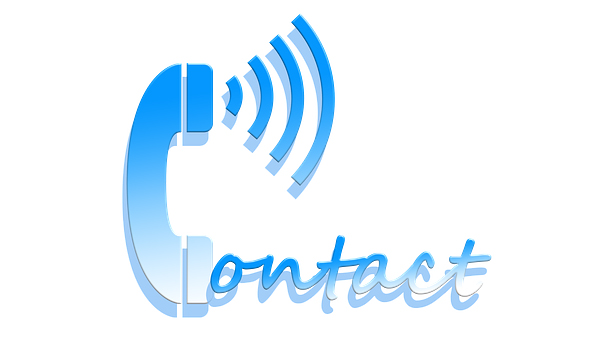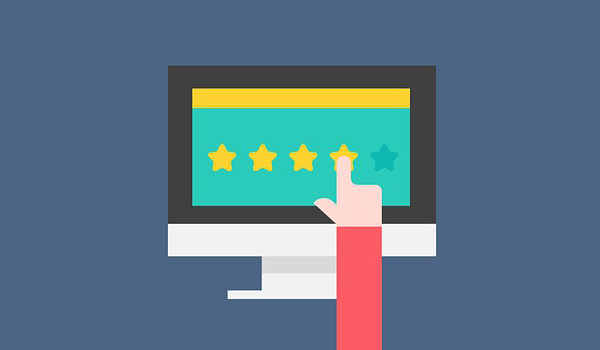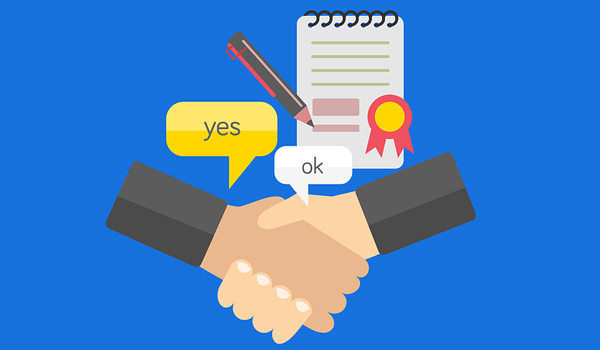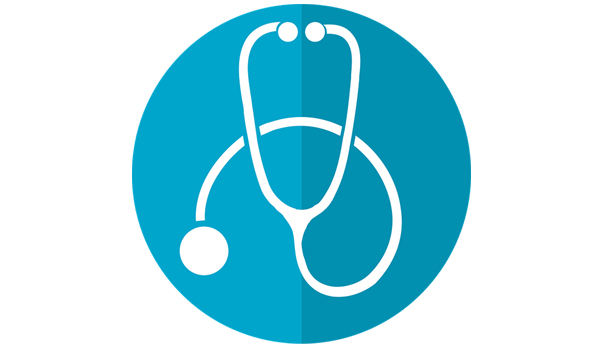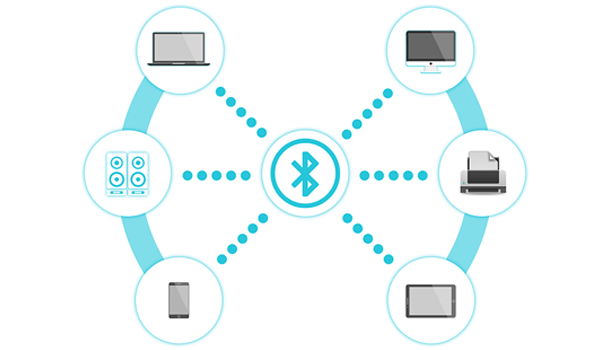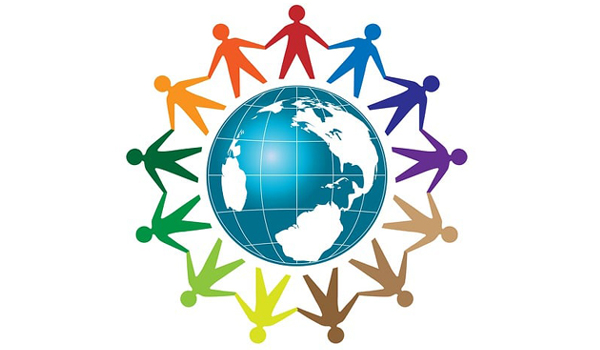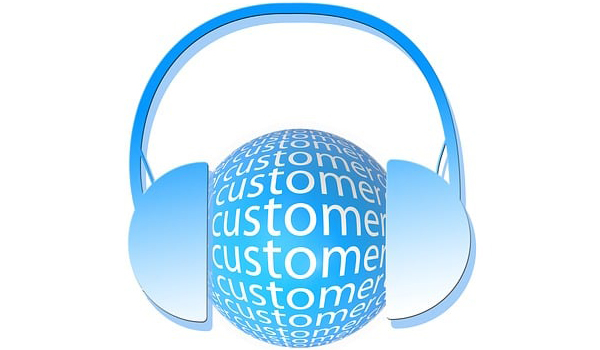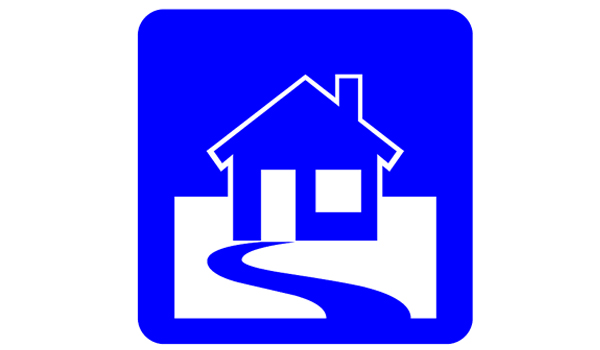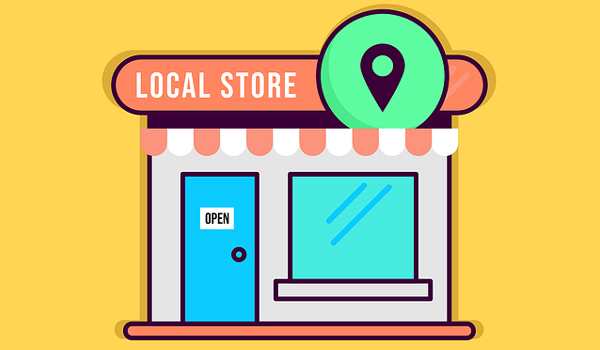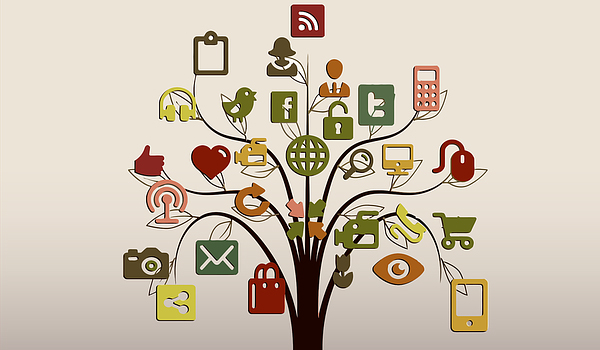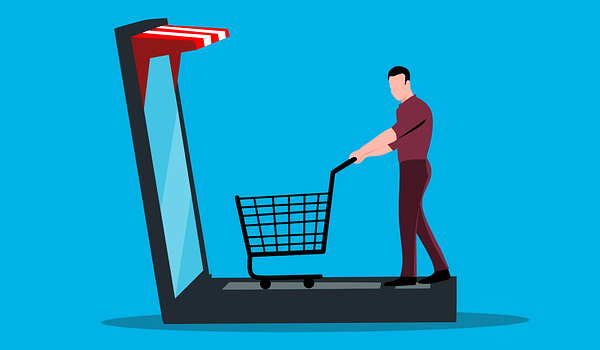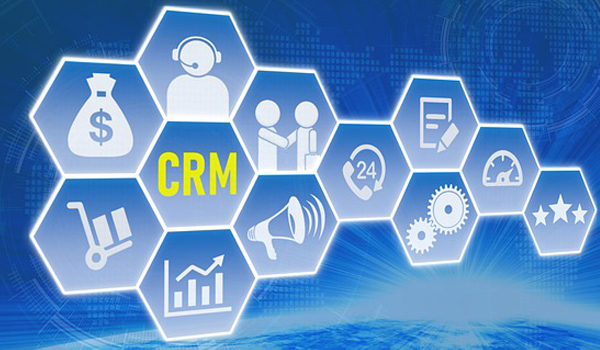
CRM Software
Explore CRM Software category & post requirement to connect with CRM Software provider for your business and get the best quotes from multiple CRM Software provider.
What is CRM Software:
A Customer Relationship Management (CRM) software is a system that helps manage customer data. It helps businesses to organize in a better way by managing the relationships with customers and access customer data. Many company uses CRM software to manage and analyze their interactions with previous, current and potential customers. It focuses on customer retention by using data analysis of the history of a customer with a company to improve business relationships with customers and hence is able to driving sales growth.
CRM is capable of compiling data from different communication channels, such as website of a company, telephone, live chat, marketing materials, email, and social media. CRM software can be used by all size of company from sales, customer service, recruiting, business development, marketing, or any other line of business to drive business growth. It is the best way to manage the external interactions and relationships with the customer. A CRM software is capable of storing customer and contact information, recording service issues, identifying sales opportunities and managing marketing campaigns, everything in one central location. It records information about every customer interaction that is available to anyone at the organization who might need it.
It is easier to collaborate and increase productivity with visibility and easy access to data. The multitude of spreadsheets, databases and apps that are patched together by many businesses to track client data can be replaced by a CRM software. Organization can become more efficiency, and impressed clients with better time management by the help of CRM software. All the data from your sales leads and customers are connected in one place. All communications including form fills, calls, emails, text messages, and meetings,as well as documents, quotes, purchases, and tasks associated with each lead and client are consolidated in a CRM. These details can be accessed by your entire team at the right time to close a sale or deliver outstanding service.
Benefits of CRM Software:
Customer Relationship Management (CRM) software can take customer satisfaction to the next level. There are several benifits offered by a CRM software that can help a company for its success. Some of these include:
Improve Organizational Information:CRM software can store the list of customers and any important information regarding them which can be accessed easily due to cloud. This in turn results in less wasted time for customer and employees. Knowing about the customer and their requirement is a better way to provide them satisfaction and positive experience. Every interaction that they have with your organization are identified, documented, and recorded for easy future reference by the help of CRM software. These data are also available anytime across departments with easy access.
Enhanced Communication with Customer:As CRM software has stored detailed customer information in its database that is communicable to everyone who might need it, it eliminates the problem of new assignee for a old task. It doesn't matter who it is that is currently assisting the customer, as they will be working from the same information and hence will be able to understand the unique preferences and issues of the customer. So, the customer will not get disappointment to work with someone new. The most important advantage of CRM software is that it is cloud based and can be accessible from any device with an internet connection.
Improves Customer Service:When a customer faces any kind of trouble and contacts your company, within no time all available activity regarding past purchases, preferences, and previous troubles can be retrieved by the representative that might assist them in finding a solution quickly. This is possible because of an accessible database of potential issues. Taking help from other representatives, or crowdsourcing for answers through customer portals is also possible in case a solution is not readily apparent.
Automation of Tasks:CRM software is automated to take care of many time-consuming tasks related to sales starting from filling the form, sending the reports, addressing the legal issues and many more. This helps the representatives to focus more on their efforts towards closing leads and resolving customer pain points.
Efficient for Multiple Teams:With automatically stored communication like view emails, calendar and phone call details in a single place, multiple team can seamlessly work together to improve the bottom line. They can easily get the desired result of knowledge of new products, closing a sale or excellent customer service in very less time as they have access to the same information.
Types of CRM Software:
CRM stands for customer relationship management and is most often used to describe the category of products that enables effective customer relationship management. The most important thing about any CRM is about customers. You should be able to understand your customers better, and use that information to deliver the best possible customer experience (CX) with a CRM software.
The journey of buyers has grown in complexity with more ways to research products and make purchases.Different channels, such as messaging, email, social media, and phone are now available for consumers to communicate with brands. Conversational customer experiences are expected by most customers when interacting with brands. The data of customers move between channels when they involved in conversations. Much of the customer journey now exists within these conversations and it may lose and the customer experience is fragmented with the wrong strategy.
Better experiences can be created for both your business and your customers with a conversational CRM. Solutions that allow businesses to have ongoing conversations that move across channels, departments and systems, complete with customer context are needed by them. A large category of CS, marketing, and sales tools are included in a CRM software. Collaborative, analytical, and operational are three main types of CRM systems depending on features and focus provided by them.
Collaborative CRM systems:
- Collaborative CRM systems mainly focus on breaking down silos. The marketing team, sales reps, and customer support agents are all in different departments in an organization.
- Each of these departments is further separated based on factors like geographic locations, channels they serve, products they focus on, or skill specialties for bigger organizations.
- You need a way to share information across the full organization in real-time in order to provide a seamless customer experience throughout the journey of customer.
- It can be ensured that all teams have access to the same up-to-date customer data, no matter which department or channel they work in by using collaborative CRM software.
- Customer support will have all the information marketing and sales teams collected when working with a prospective customer.
- Agents in a call center will also have updated data on customer interactions that happened over email or messaging channels.
- Each interaction is treated as part of a larger, integrated conversation between the brand and the customer by Collaborative CRM.
- Customers no longer have to repeat themselves each time they talk to a new contact because of the integration between departments and channels.
- A record of all past interactions with the consumer can be quickly and easily pulled up to consult and learn all relevant details of each employee they interact with.
Operational CRM systems:
- The processes of a company for customer relationships can be streamlined with Operational CRMs.
- Tools are provided to better visualize and more efficiently handle the full customer journey, even when a high number of touchpoints are included.
- The customer journey starts from their first interactions with the website of your company, through the whole lead management process as they move through the sales pipeline, and continues with their behaviors once they have become a customer
- Typically automation features are provided in Operational CRM systems.
- Some of the work that your employees would otherwise have to handle can be reduced by marketing automation, sales automation, and service automation which opens up their schedule for the more creative and personal aspects of their jobs.
- It can be made much easier for growing companies to continue to provide top-notch service to scale by using Operational CRM systems.
Analytical CRM systems:
- Analytical CRMs primarily focus on helping you analyze the customer data you have to gain important insights.
- Large quantities of data can be collected with digital tools and platforms
- Data analysis which is the step required to turn that data into something useful for your company is a difficult feat.
- However, more than half of the data collected by companies never gets used.
- Features are provided by an analytical CRM that help you use the data you have to see trends in how your customers behave.
- You can better understand what steps lead most successfully to sales, which increase customer retention, and what the most common customer problems are with this information.
Choosing the best CRM for your business:
Understanding the differences between the three types of CRM systems is an important part of the process if your business needs a CRM and you are still in the research phase.
Each of these focus on particular functions and features.
Working of Collaborative CRM:
- The main functionality of collaborative CRMs is getting up-to-date information to everyone through the same platform, across departments and locations.
- People can find the right information they need when they need it by Collaborative CRM.
- Collaborative CRMs focused more towards customer retention and satisfaction than making sales in comparison to the other types of CRMs.
Features of Collaborative CRM:
Collaborative CRMs can be used by businesses with many departments that currently struggle to keep everyone on the same page Companies that have multiple locations and that provide omnichannel support mostly need this software. A conversational, collaborative CRM is worth considering if your customers have ever grumbled about having to repeat themselves after being transferred from one department to another.
Main features of Collaborative CRM include:
Interaction management:
A collaborative CRM can easily track every interaction a customer or prospect has with your company, no matter the channel. The information in the product gets updated whether a customer got in touch through phone, email, messaging apps, social media, or even through an in-person meeting with someone at the company. Agents will be able to record what the interaction was about, how it resolved, and add any other important details someone might need to know for a future interaction with the customer.
Channel management:
Brands are now expected to be available across multiple channels. You need to understand the channels your customers prefer, and figure out the best ways to meet them where they are. The channels your customers are using for different types of contact can be tracked by Collaborative CRMs, to ensure you are available when they need you where they want you.
Document management:
Companies can consolidate where they store important customer documents with the help of some collaborative CRMs. This feature can come in handy if access is required by employees to a customer contract or proposal when helping a customer out.
Working of Operational CRMs:
- The features common in collaborative CRMs are often included in Operational CRMs with some additional features like tracking, managing, and improving the full customer lifecycle.
- Operational CRMs mainly focus on how the customer first learn about your brand and all the steps that lead up to becoming a customer.
- Features for sales automation, marketing automation, and service automation are included in operational CRMs in order to bring greater efficiency to all the processes related to managing customer relationships.
- The marketing team can save time with marketing automation by creating email campaigns that trigger relevant emails based on specific activities the customer makes, rather than requiring manual work
- A tailored content recommendation can be made on your company's website based on where your prospective customer is in their journey which means a more personalized, relevant experience for the customer while creating less work for your marketing team..
- The lead management process can be simplified with Sales automation features by automating the lead scoring process.
- The best tasks to assign each sales rep can also be automatically determined based on priority level and serve automated notices for specific steps to take to move a lead down the sales pipeline.
- All the information the operational CRM has about the situation of a customer can be taken by service automation and it can be used to determine the most important details an agent needs to help a customer quickly and effectively.
- The process of sending surveys to customers can also be automated to measure their satisfaction and help you figure out how your team is doing.
Working of Analytical CRMs:
- Analytical CRMs work best for high-level strategizing.
- Data analysis is the way you take all the customer information you have collected over time and start answering questions with it.
- Reporting features are provided by Analytical CRMs that help you understand the specific marketing campaigns generate the most leads, the kinds of leads most often turn into sales, the types of sales actions lead to a purchase, the types of customers who have the highest lifetime value, the issues customers most often contact support about, the most frequent customer complaints, the features and resources customers use and like the most, how effectively your support team resolves customer issues and how quickly your agents achieve resolution.
- The weaknesses in your current approach can be identified and what changes should be made to make for better results can be figured out with this analysis.
